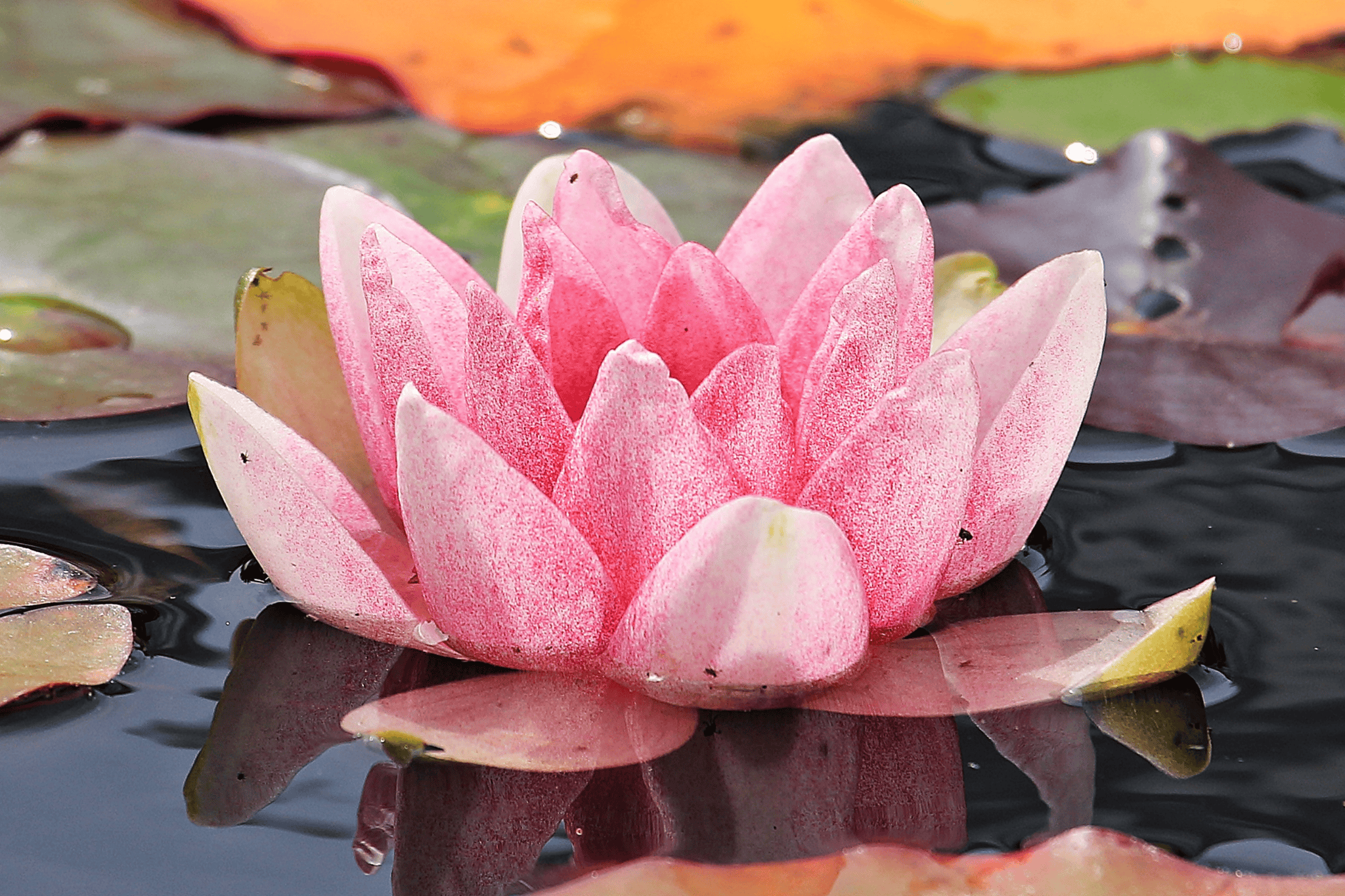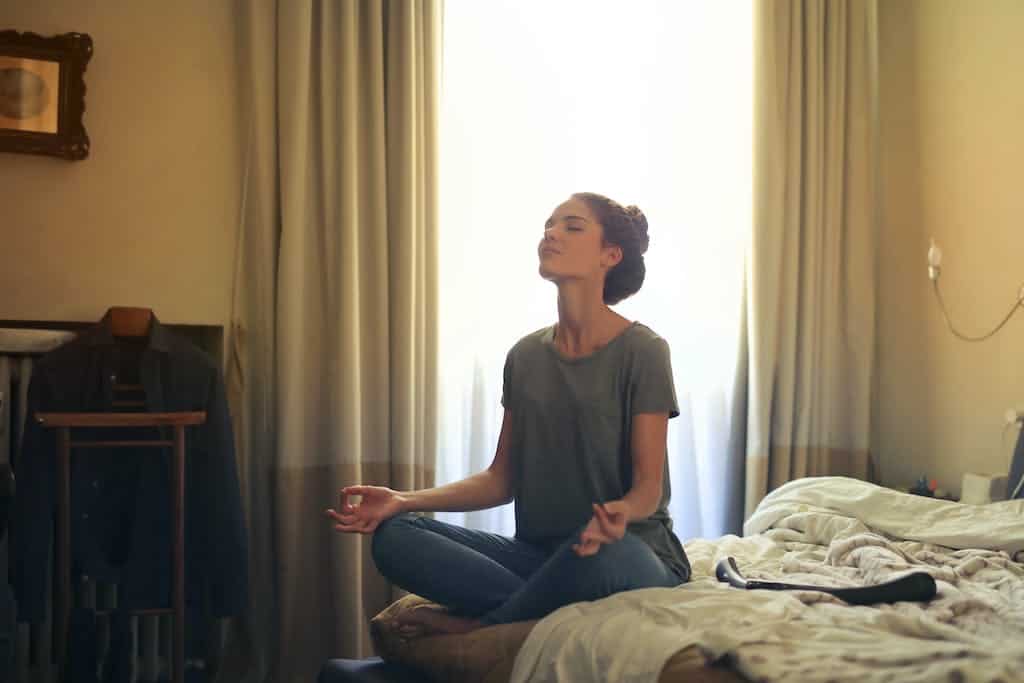Meditation Practice: Getting Started
Embarking on your first meditation practice can be either exciting or daunting, but rest assured, it’s simpler than you might think.

Most of us have thought about slowing down and taking control of our thoughts, but how do we go about it?
If you have ever wanted a quick and easy way to start the process, here’s a beginner-friendly, 7-step guide to hopefully help you ease into meditation.
We have also included a link to a Beginner, Guided Meditation after to help you get started.
Namaste!
7 Simple Steps for Meditation
1.) Find a Quiet Space
Choose a quiet and comfortable space where you won’t be disturbed.
It could be a corner of your room, a peaceful spot in nature, or even a quiet room in your home. Ensure that the environment is conducive to relaxation and introspection.
2.) Get Comfortable
Sit or lie down in a comfortable position.
You can sit on a cushion or chair with your back straight but relaxed or lie down with your arms by your sides.
The key is to find a posture that allows you to relax without falling asleep.
3.) Set a Time Limit
Start with a short session, around 5 to 10 minutes, especially if you’re new to the practice.
As you become more comfortable with the practice, you can gradually increase the duration of your sessions.
4.) Focus on Your Breath
Close your eyes gently and bring your attention to your breath.
Notice the sensation of the air entering and leaving your nostrils or the rise and fall of your chest and abdomen.
Allow your breath to be natural without trying to control it.
5.) Stay Present
As thoughts, sensations, or distractions arise, you may acknowledge them without judgment and gently bring your focus back to your breath.
You may find it helpful to silently repeat a word or phrase (a mantra) to anchor your attention.
It can be as simple as “I am enough” or “I create my own destiny”.
A phrase with positive connotation can help keep you grounded and focused while increasing your natural energies.
6.) Practice Mindfulness
Be present in the moment, fully experiencing each breath as it comes and goes.
If your mind wanders, gently guide your focus back to the present moment without getting frustrated.
Remember, it’s natural for the mind to wander during meditation and often will in the first practices.
When you find your intrusive thoughts coming in, simply return to your mantra and focus on calm, slow but steady breathing.
7.) End Mindfully
When your meditation time is up, slowly bring your awareness back to your surroundings.
Notice how you feel after the practice—calm, relaxed, or perhaps more centered.
Take a moment to appreciate this sensation of inner peace before gently opening your eyes.
Guided Meditation
Guided meditations can be great way to understand how the practice works and how to shape your process.
You can find many guided meditations to help you along your journey, each expanding to introduce you to deeper levels of your practice.
But, to get you started, here is a guided meditation we recommend:
Be Patient and Consistent
Like any skill, meditation takes time and practice to develop.

Be patient with yourself and approach each session with an open mind and heart.
Consistency is key, so aim to incorporate meditation into your daily routine, even if it’s just for a few minutes each day.
Remember, there’s no right or wrong way to meditate, so feel free to experiment with different techniques and find what works best for you.
The most important thing is to approach your meditation practice with curiosity, kindness, and a willingness to explore the depths of your inner world.
Check out our other article Meditation: Unlock Inner Peace for some further in depth information (along with some other guided meditation techniques).
We wish you the best and hope you find peace in your new practice of meditation.








I do not even know how I ended up here, but
I thought this post was great. I do not know who you are
but definitely you’re going to a famous blogger if you
are not already 😉 Cheers!